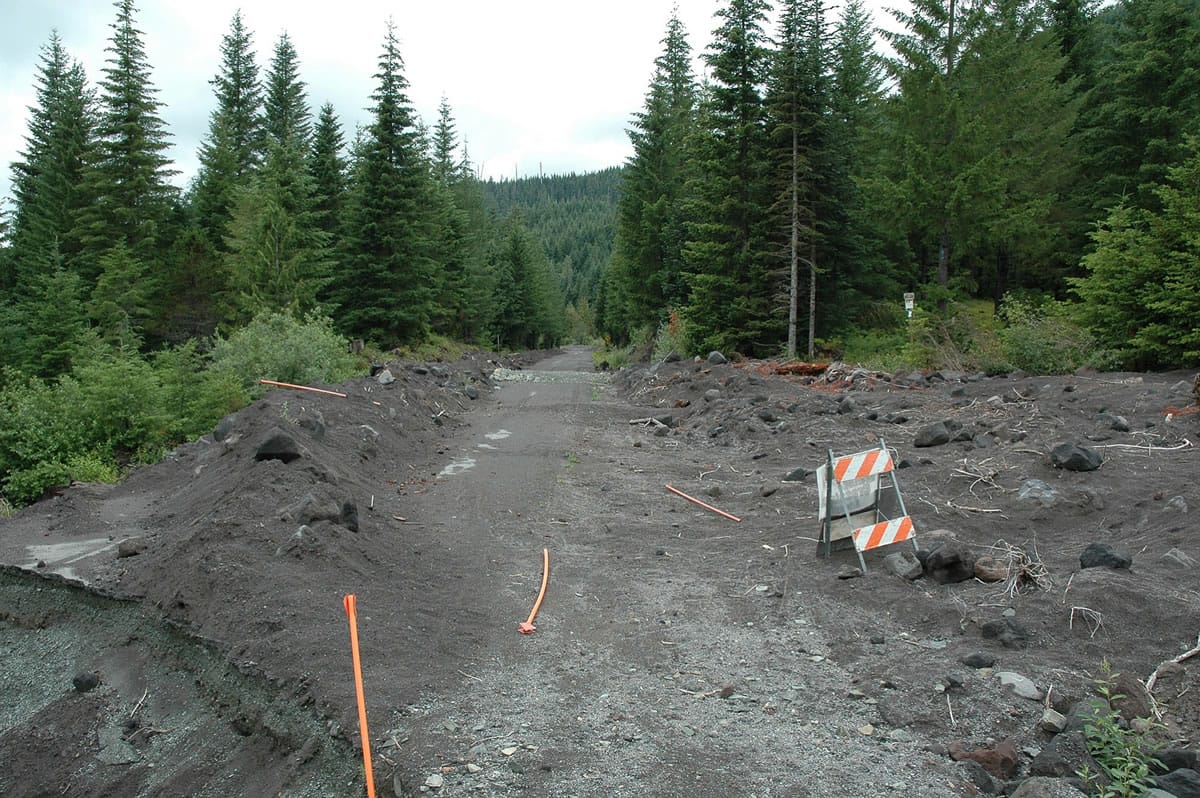The Gifford Pinchot National Forest is managed much differently than it was two decades ago.
The 1.3-million-acre forest isn’t alone in that regard — far from it.
In 1994, the Northwest Forest Plan dramatically changed the rules on forestland in the region. The landmark, bitterly contested plan put many areas off-limits to logging in an effort to protect wildlife habitat and other sensitive areas. Timber harvests plummeted. The region turned the page on an acrimonious period in its history.
“The Northwest Forest Plan was a very delicate balance of diverse interests,” said Matt Little, executive director of the Gifford Pinchot Task Force, a Vancouver-based advocacy group.
The conversation didn’t end there. More than 20 years later, officials continue to monitor the plan’s success. The latest set of draft reports were the focus of a public meeting in Vancouver earlier this month.
The results are mixed.
The spotted owl — one of the icons of the so-called “timber wars” of the early 1990s — continues to decline in both population and available habitat. The marbled murrelet has also seen its numbers decline in Washington, but remains stable in Oregon and California, according to the reports. Many watersheds, meanwhile, have seen improved conditions, officials say. Timber harvests have fluctuated since their initial dive, but remain far below what’s allowed under the Northwest Forest Plan.
The Gifford Pinchot National Forest used to be one of the Northwest’s biggest timber producers, harvesting upwards of 600 million board feet in a single year at its peak. In 2014, the Gifford Pinchot forest produced 35.7 million board feet of timber.
That number has actually increased in the last few years, said Dave Olson, the Gifford Pinchot’s restoration and stewardship officer. As recently as 2011, the forest harvested just 22 million board feet of timber, he said. Under the Northwest Forest Plan, that number could be as high as about 65 million board feet, Olson said.
Plenty of planned harvests were blocked by litigation, Olson said, particularly in the early 2000s. A more collaborative process in the last decade or so has helped changed the Forest Service’s approach and gain more support for its projects, he said.
The Gifford Pinchot Task Force supports that approach, and welcomes many of the changes the Forest Service has made, Little said. Though there may be disagreements about how to manage riparian areas and other sensitive stands, none have risen to the level of a lawsuit in recent years, he said. The group has also been encouraged by watershed improvements on the Gifford Pinchot forest where roads have been decommissioned, he added.
“Generally, we think the Forest Service is doing a good job,” Little said.
Not everyone shares that sentiment. Last fall, Skamania County commissioners passed a resolution declaring a “state of emergency” due to what they characterized as mismanagement of federal forestland. The historically timber-dependent county has been hamstrung by sharp budget cuts as harvests — and the revenue they generate — have declined. About 80 percent of Skamania County is federally owned, most of that the Gifford Pinchot forest.
For its part, the Forest Service doesn’t take a position on the Northwest Forest Plan, Olson said. Rather, the agency strives to implement it, he said.
“We’re still learning and adjusting to it, and I think overall it’s providing us a framework,” Olson said.
Officials will continue to monitor the effectiveness of the plan in the coming years and decades. To what extent it may be revised remains an unknown. Its success is far from a settled question, Little said.
“We’re 20 years into a 100-year plan,” Little said. “There’s a lot left that we need to see, giving the plan more time.”




